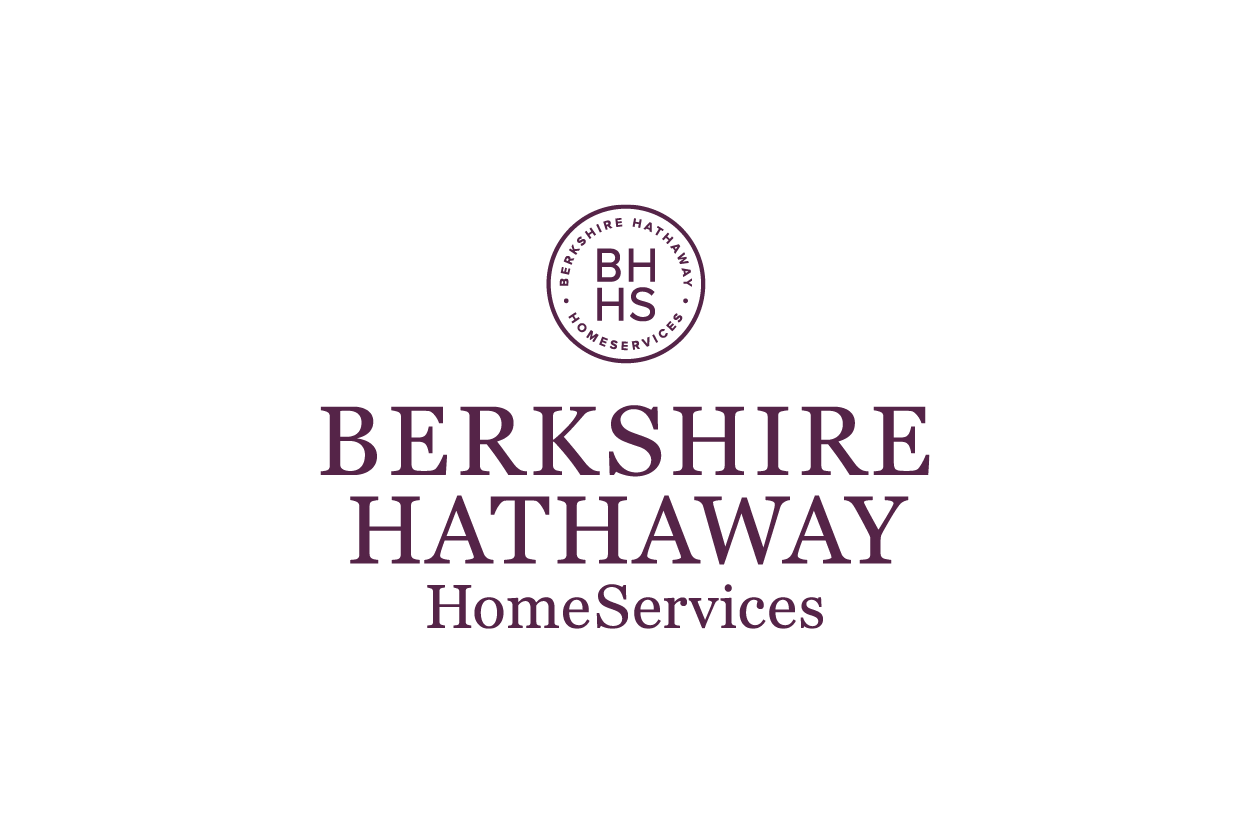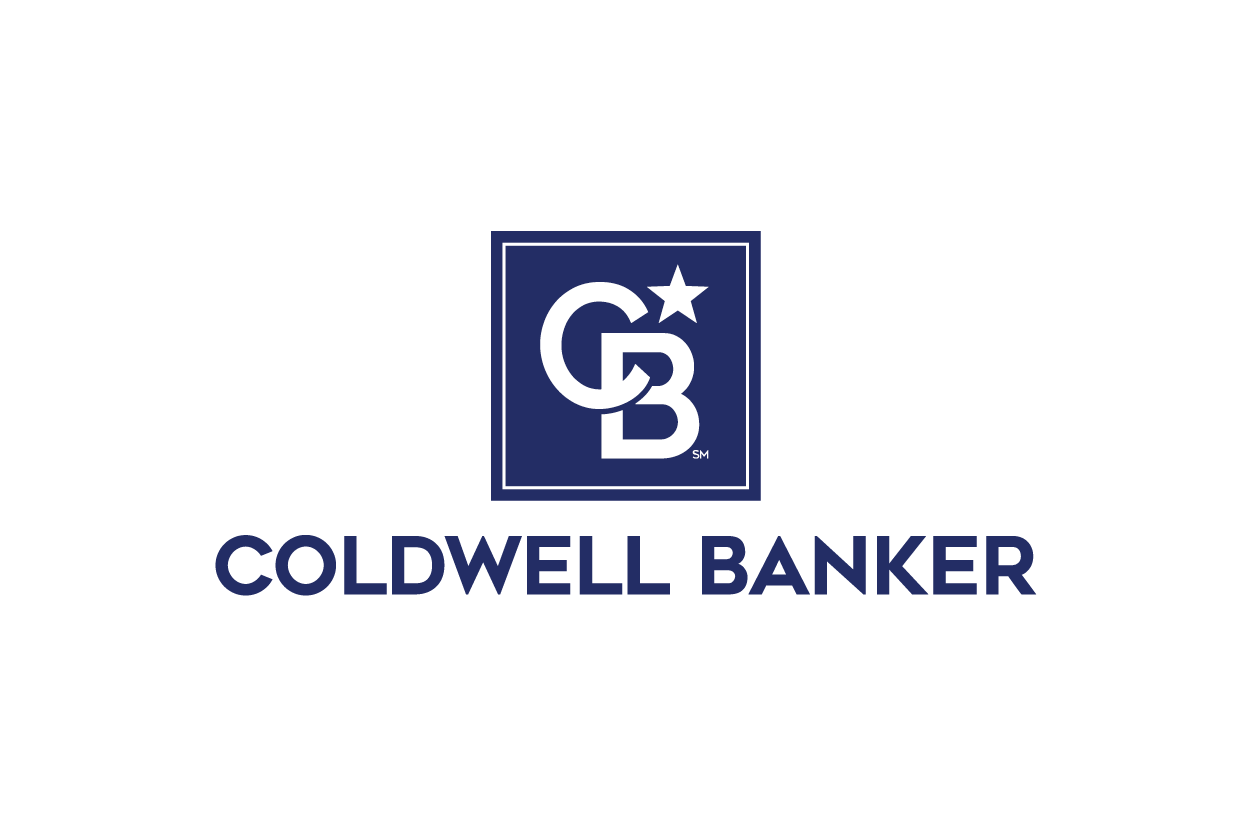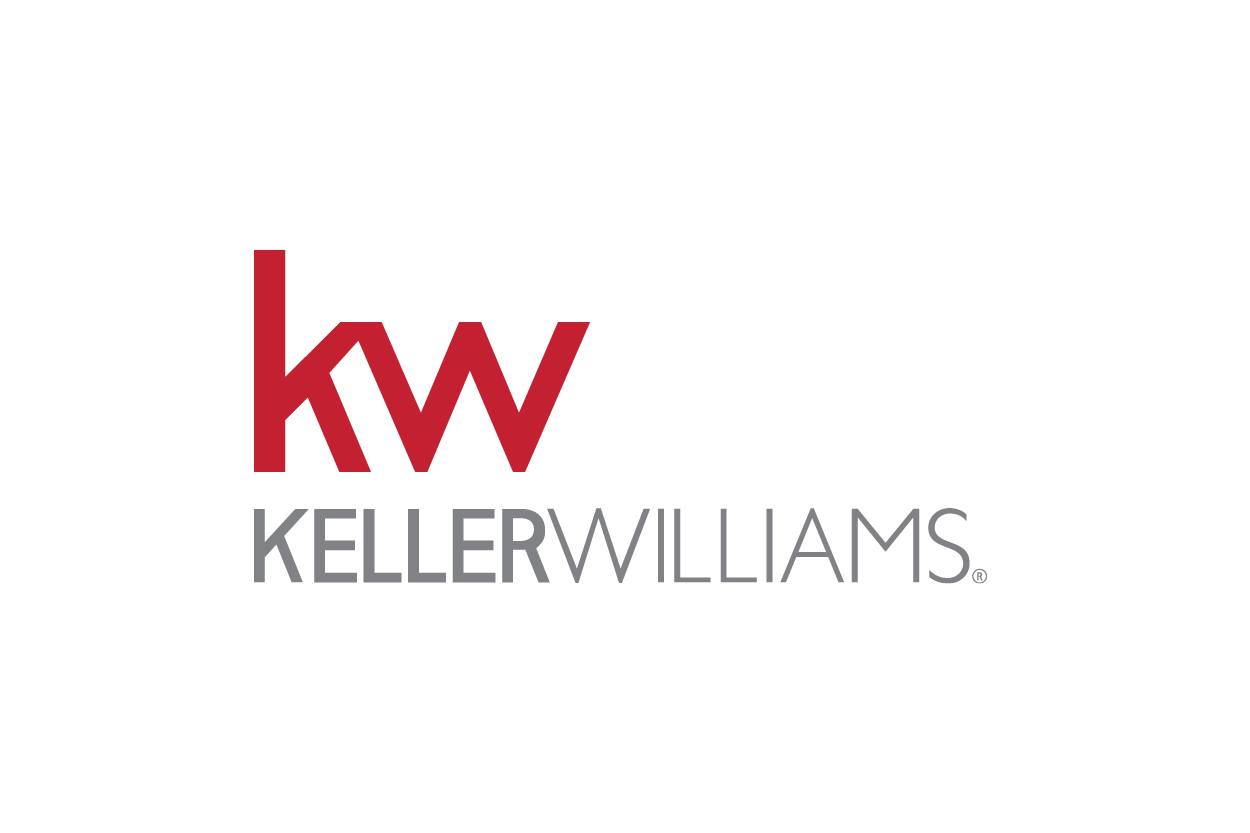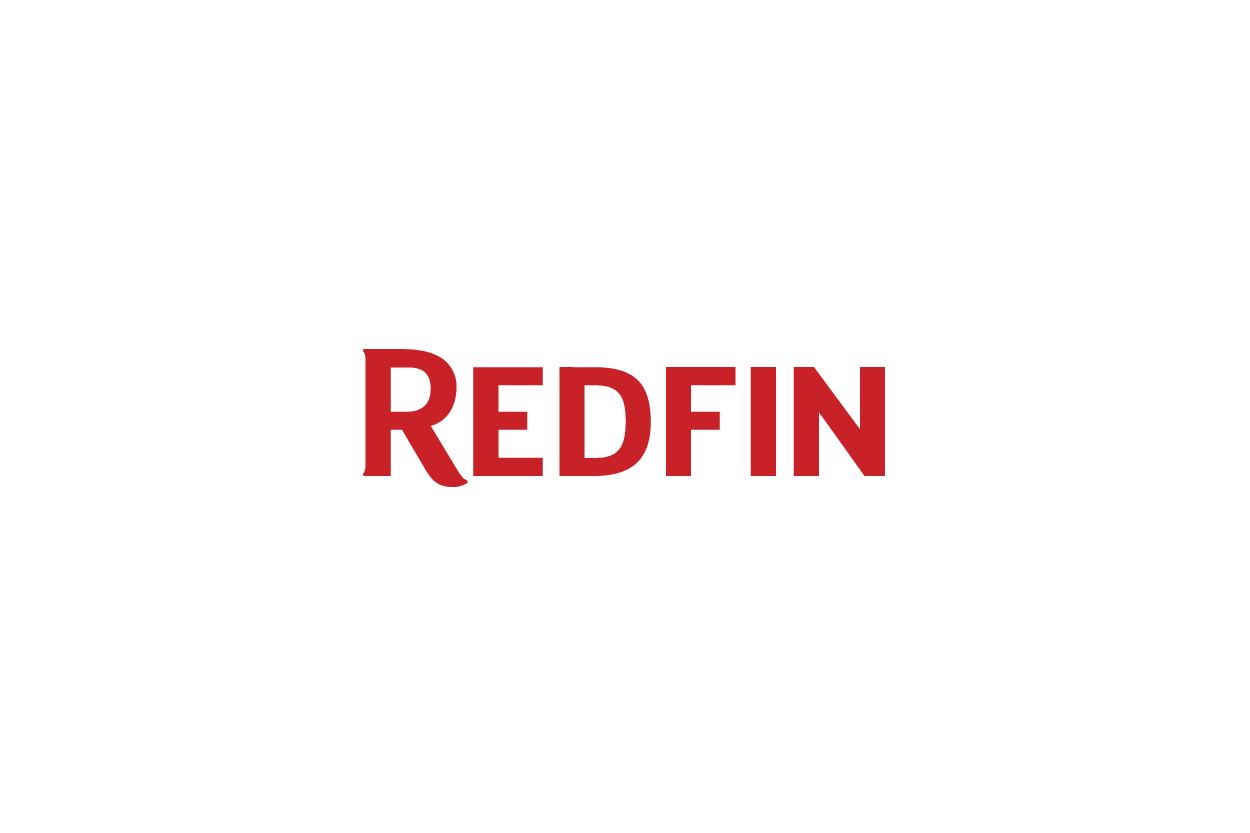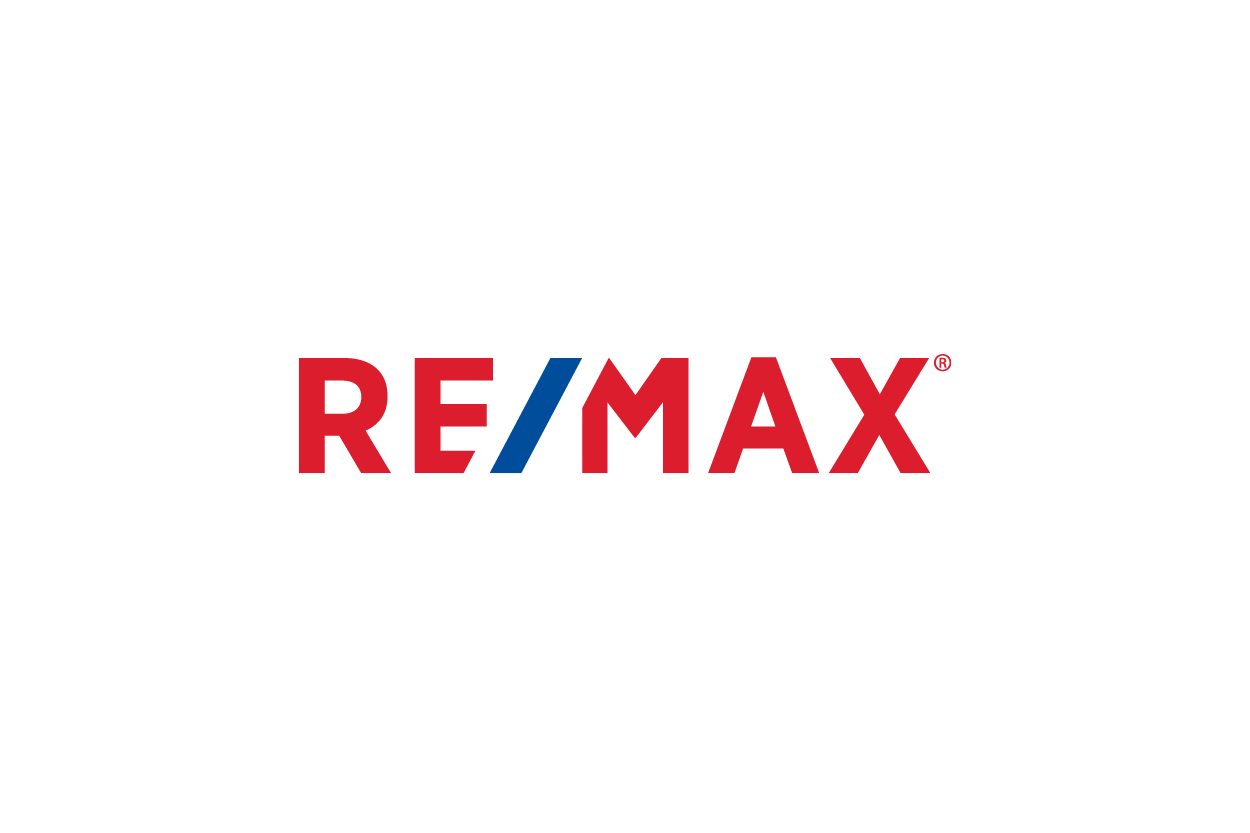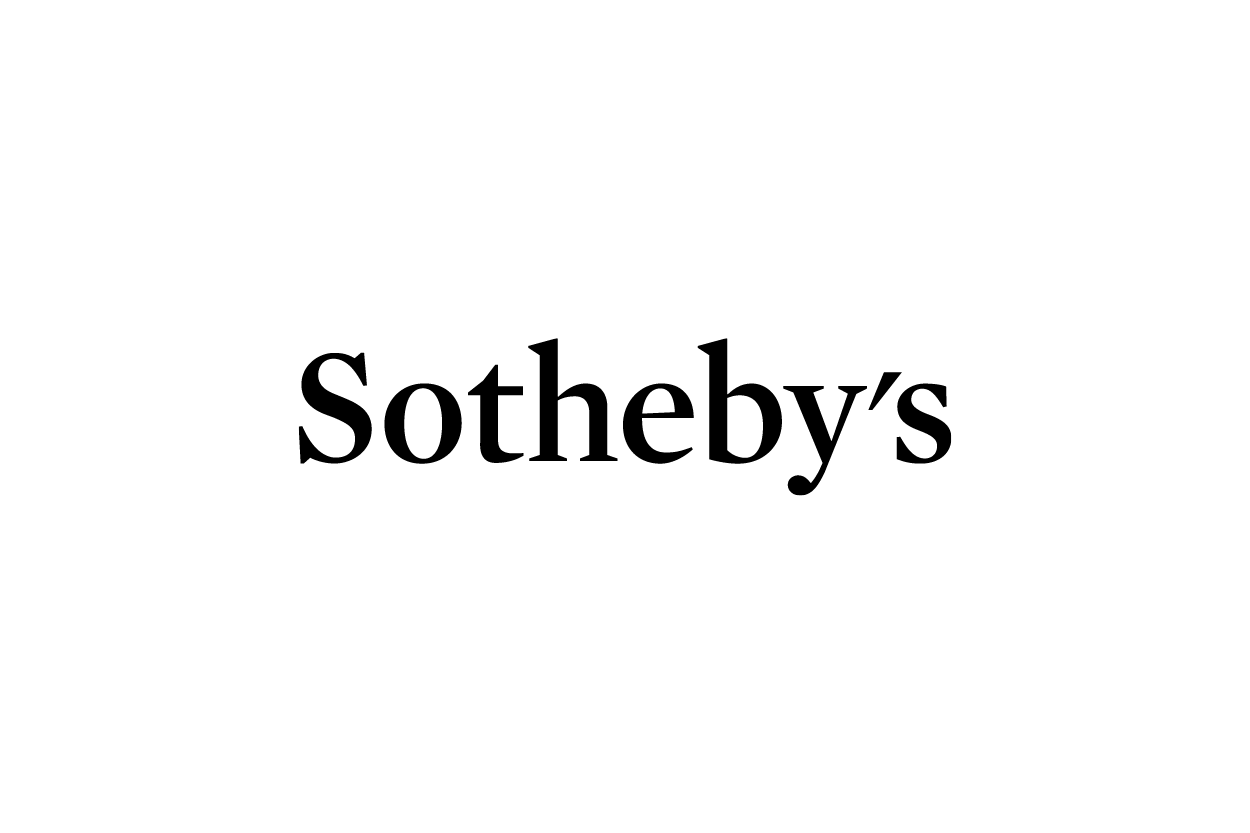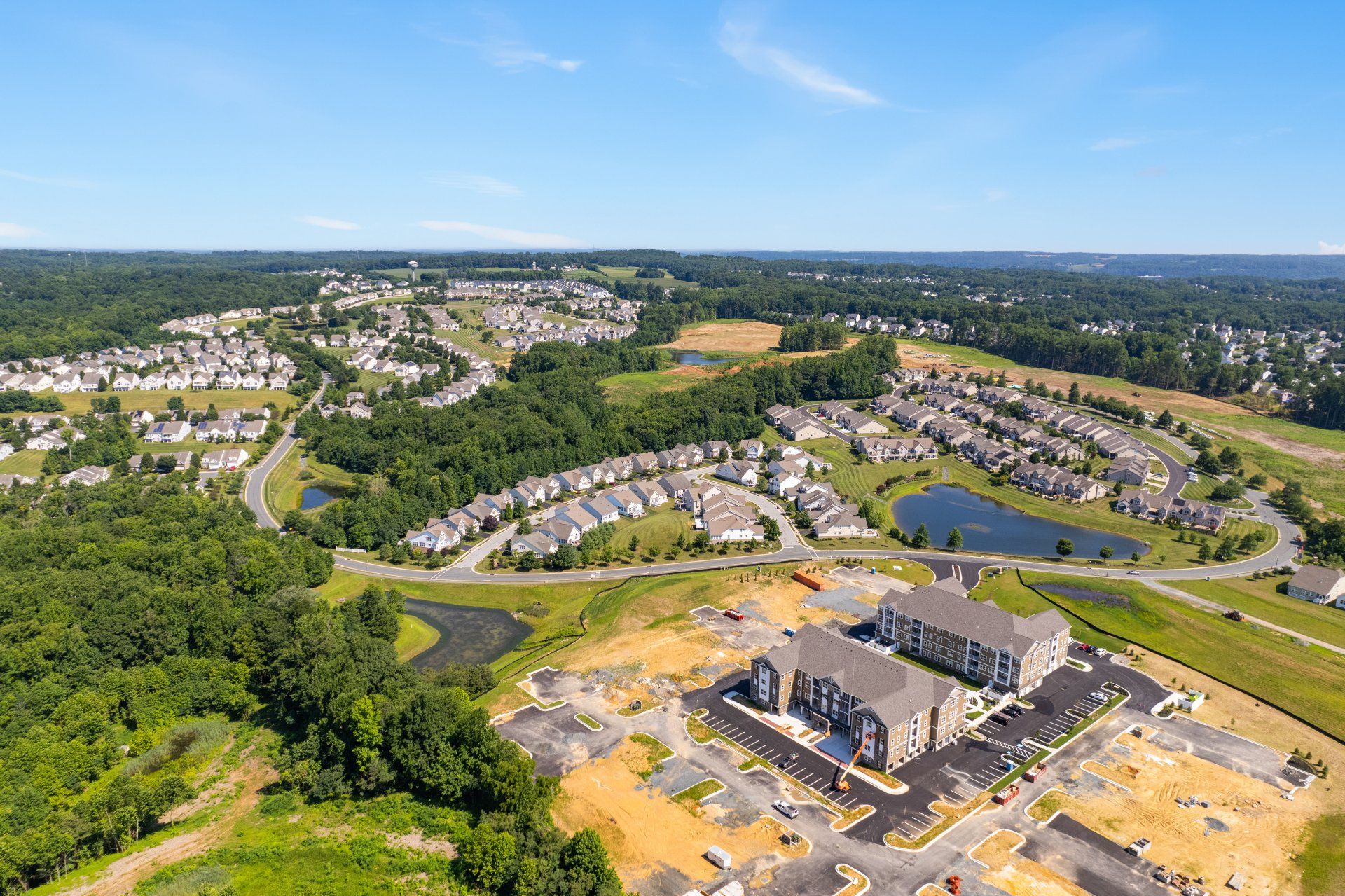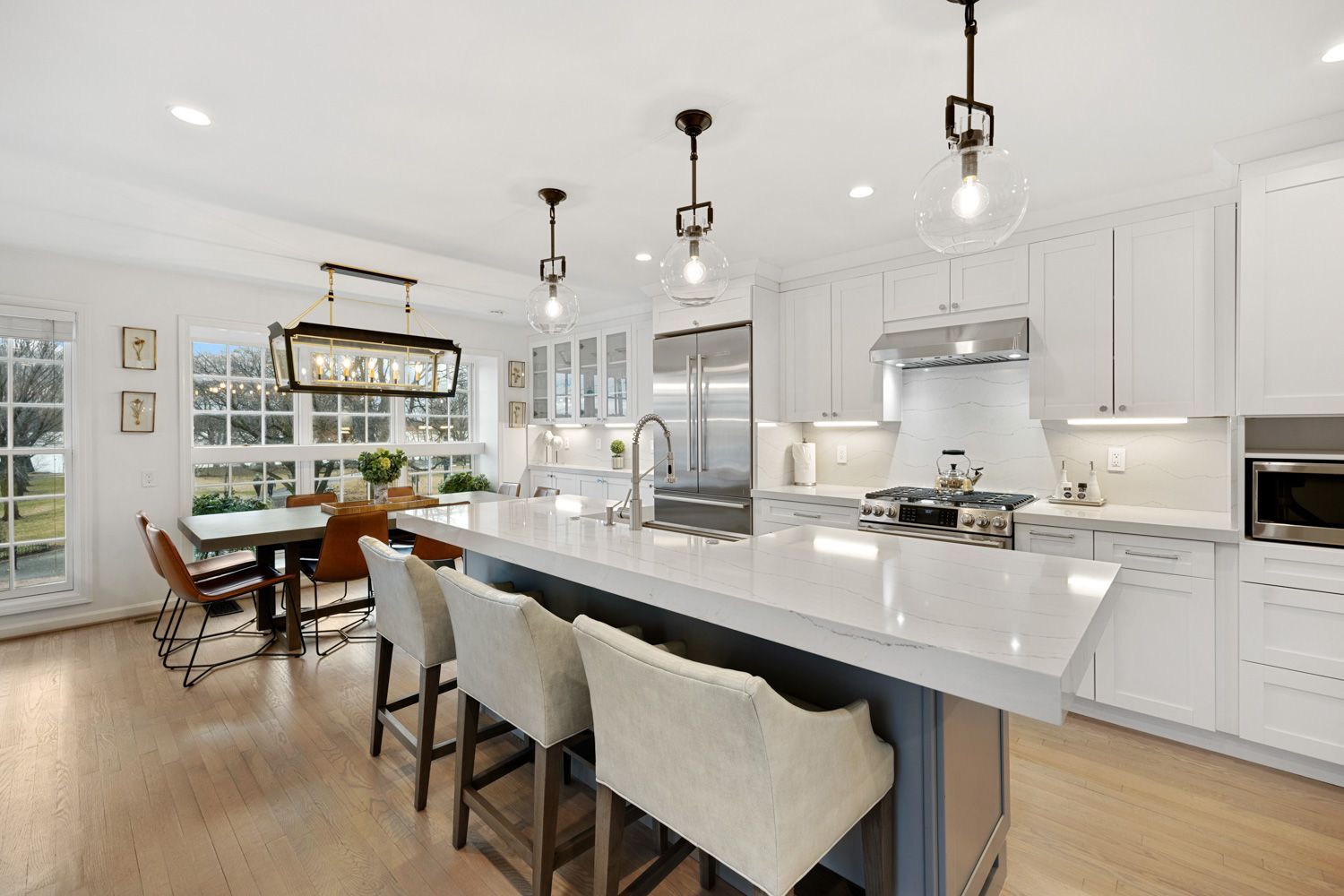Meet Victor Coll, a seasoned expert in the art of in-bound content marketing. With a proven track record in crafting winning content strategies, Victor excels in attracting and engaging audiences organically. His proficiency extends to optimizing content for maximum impact, resulting in increased brand visibility and audience retention. Victor's dedication to the art of in-bound content marketing has helped businesses achieve remarkable growth. Join him as he shares invaluable insights and strategies to empower your content marketing efforts and drive meaningful connections with your target audience.
Local Realtors Offer Virtual Tours Amidst Coronavirus Concerns
WHY PAY MORE?
For real estate agents like Amy Smith, business is anything but ordinary. With the governor’s stay-at-home order in place during the COVID-19 pandemic, she and her fellow agents have had to lean on technology to keep in touch with customers and continue selling homes.
“I want my customers to know that, although real estate is not business as usual during the coronavirus , we are still listing and selling homes,” said Smith. “I want them to be confident that I am still here to serve them, even if things look a little different right now.”
Things do look different. While they are considered “essential” services (and therefore technically exempt from the governor’s order), most realtors have adapted and are playing it safe by observing principles of social distancing. That translates to avoiding in-person showings when possible and cancelling open house events.
According to a survey conducted by the National Association of Realtors in April, seventy-two percent of members nationally reported that sellers suspended physical open houses and over ninety percent observed changes in seller listing behaviors in general. And yet, only nine percent of realtors felt that stay-at-home orders prevented them from completing transactions altogether.
Instead, agents are looking to digital alternatives. Smith says that she still sends out real estate postcards , informative brochures , and other print communications on a regular basis, but she really relies on digital tools to stay connected while she and her clients shelter in place. Social media platforms and video conferencing are the new normal, and videos , drone footage, and 3D virtual tours have all but replaced in-person showings.
It only makes sense. After all, buyers and sellers prefer listings with 3D tours (such as the Matterport 3D Virtual Showcase ). That is especially true for younger buyers who make up the majority of the real estate market.
What makes digital marketing tools so attractive? Smith says that when a potential buyer views a property with a 3D virtual tour, the virtual twin of a home, they can experience every room on every floor, complete with 360 degree high-resolution images and highlighted notes about distinctive features. Viewers can even take measurements of walls, doorways, and other elements. All from the comfort of their own homes.
Sellers can rest assured that their homes will not be invaded by a host of people who are not interested in purchasing, since 3D virtual tours and other digital tools serve to sort out the serious buyers from the not-so-serious. Even the photography process is largely non-invasive. While the seller might be asked to vacate the home (or at least spend some time in the yard) as the photographer captures the digital experience, the entire process is done in a single event. When the virtual tour or video goes live, they get the benefit of a perpetual “ contactless” open house , available anywhere in the world, 24/7.
By offering virtual showcases, agents are able to help their clients sell their homes faster and at a higher price . 3D virtual tours are loved by home buyers, sellers, and agents alike.
Smith expects people to remain on the hunt for homes. While sales in March dropped off slightly, average sale prices in Baltimore are up more than 19 percent over this time last year and homes are selling for ninety-eight percent of asking price. Social distancing has had its impact on the real estate market, but savvy agents like Smith are finding that virtual tours offer creative opportunities to help their clients navigate through these turbulent times.
The post Local Realtors Offer Virtual Tours Amidst Coronavirus Concerns appeared first on Hometrack Real Estate Marketing .
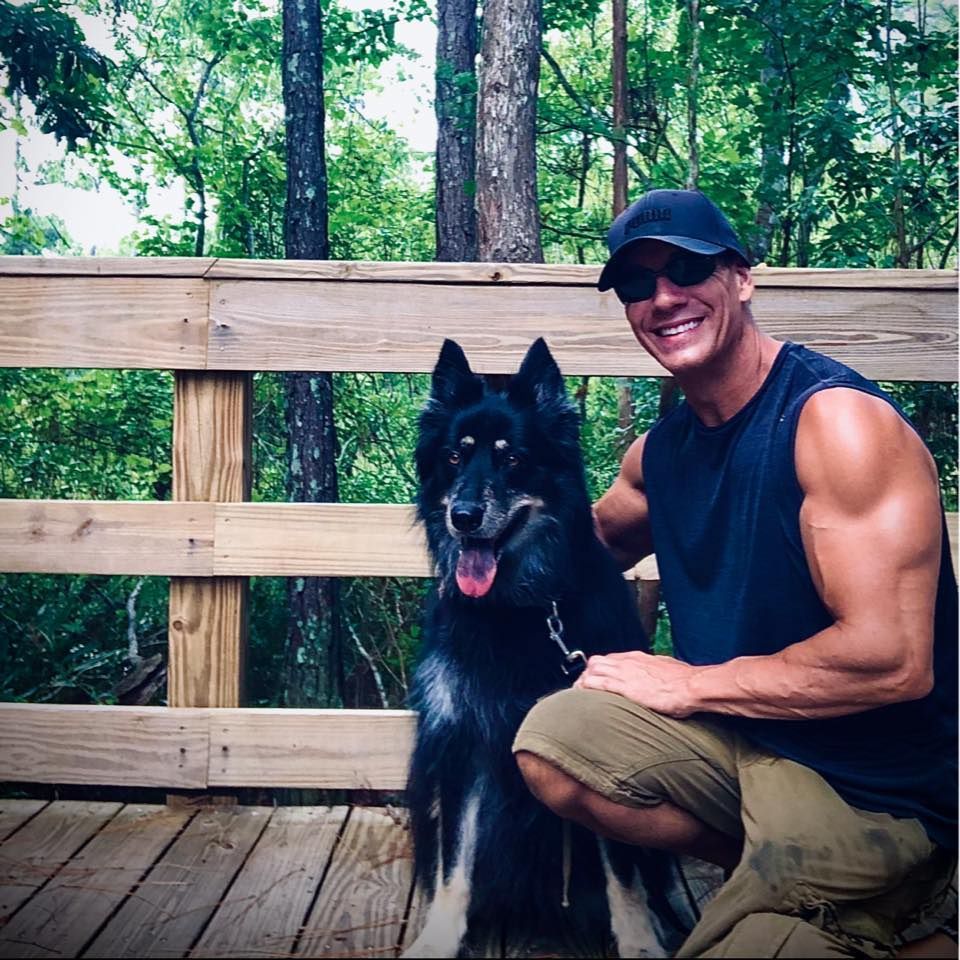

Real Estate Photography Blog Categories



CONTACT US
Brought to you by
1 Texas Station Court
Suite 130
Timonium, MD 21093
All Rights Reserved | ©2025 Hometrack Real Estate Marketing | Privacy Policy | Powered By Craig Westerman, Victor Ivan Coll , and Juno Digital Media


